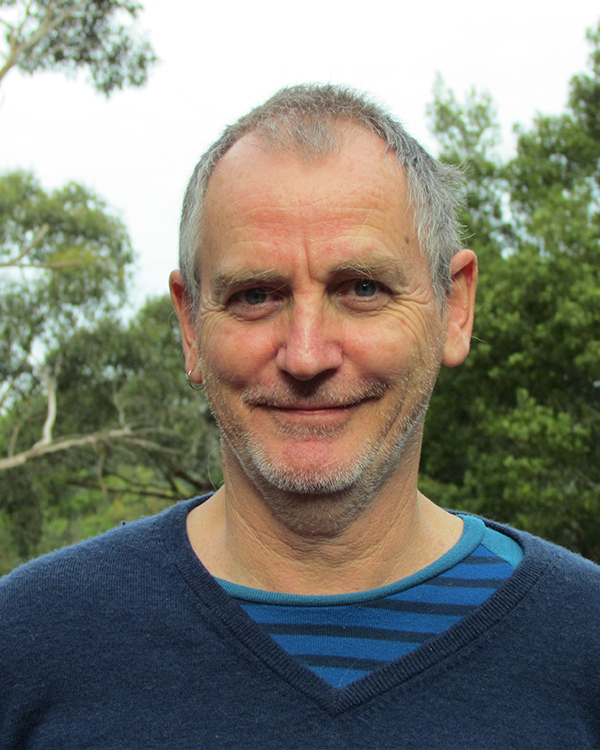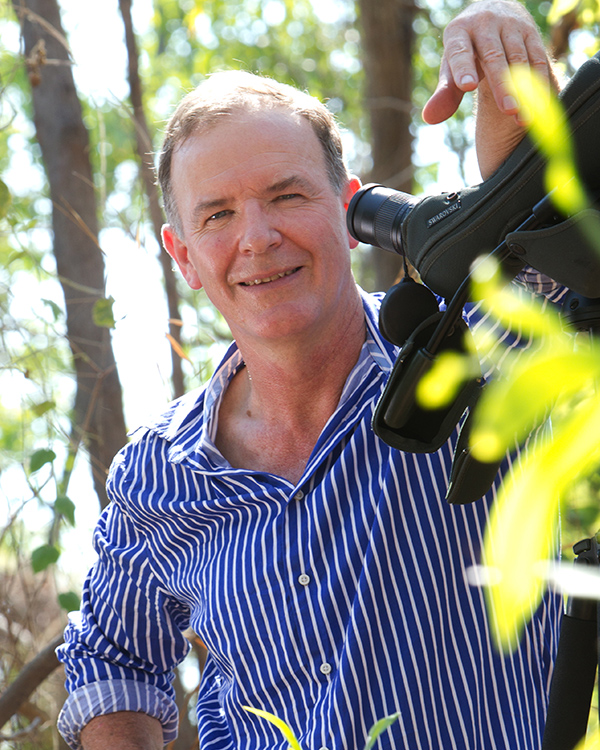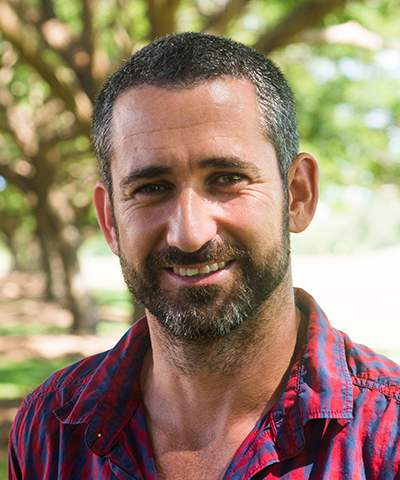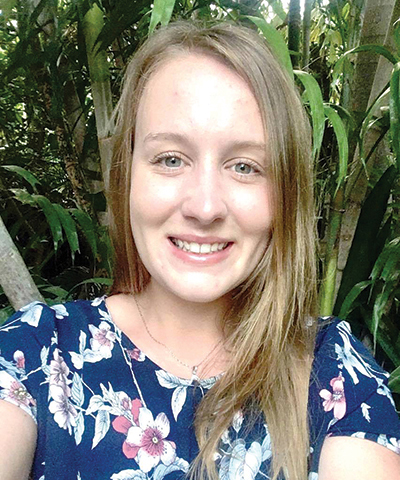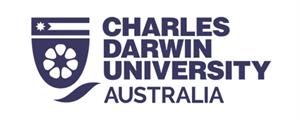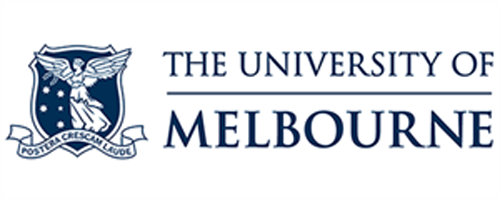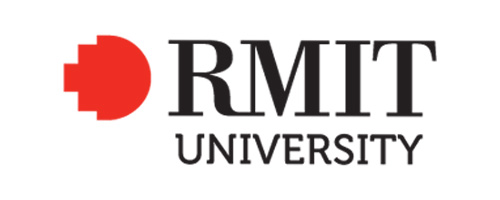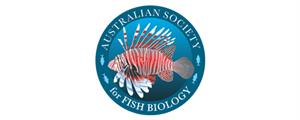
Project: 2.1
Emergency care – identifying and prioritising action to save fauna species at acute risk of extinction
Project Leaders: John Woinarski , Stephen Garnett
Research in Brief
This project will identify the Australian animal species at most acute risk of extinction, and identify priority management actions to prevent the extinctions. Initially this has involved mammals and birds, but the methodology is also being applied for other animal species groups where sufficient information is available.
A second stage will then involve integration and prioritisation across all taxonomic groups. The project will also be by hosting workshops that will identify those with a share of responsibility for the recovery process for the most threatened birds and mammals, funding models and timetables for action.
Why is the research needed?
Preventing species’ extinction is a key commitment of the Australian Government. Australia has about 450 listed threatened fauna species. With so many species to consider, there is a risk that some highly imperilled species are not being given the conservation attention they require to prevent their extinction.
To address this concern, conservation managers require a greater understanding of species’ risk of extinction than can be provided by the current framework of threatened species conservation statuses. There also needs to be an understanding of conservation actions required and their relative priority, likely costs and probability of success. This information is needed across all faunal groups, not just those typically given high priority such as mammals and birds._1000x800.jpg)

Image: The endangered Kangaroo Island echidna (Tachyglossus aculeatus multiaculeatus). Photo: Paul Asman & Jill Lenoble CC BY 2.0 Wikimedia Commons
How will the research help?
The project will provide a robust evidence base to alert governments and the community to species with significantly high risk of extinction, and to identify clear management priorities to prevent these extinctions.
The project has already ranked Australian threatened birds and terrestrial mammals by extinction-risk, and predicted the number of likely extinctions over the next 20 years under current management practices. Cost estimates for actions needed to prevent extinction of the 20 most threatened birds and mammals will be developed as part of this research. This project will also assess other fauna groups and then compare extinction risks and management priorities across groups.
The project will create a synopsis of the threats and appropriate mitigation approaches for each of the most imperilled birds, mammals, reptiles, frogs, freshwater fish, butterflies, dragonflies and potentially other invertebrate groups such as freshwater crayfish and land snails. Guidance will be in a form that can be used for the preparation of national Conservation Advice documents as well as being applied by relevant agencies. Costs of actions to alleviate threats will also be developed, which can assist with recovery planning processes.
The project will also organise workshops for at least some groups to help integrate conservation effort across multiple taxa. Results relating to birds from the first phase of the project have already been officially adopted by BirdLife Australia, as the basis of its ‘Preventing Extinction Program’.
What research activities are being undertaken?
The research has the following phases:
- Key experts are asked to identify species considered at greatest risk of extinction and estimate their probability of extinction in the next 20 years.
- Experts also provide assessments of the species’ principal threats, and assess the extent to which threat management options will achieve recovery.
- Information pooled across experts is then used to derive estimates of likelihood of extinction, with confidence intervals.
Pooling information across experts also allows us to estimate the relative magnitude and impact of threats, the costs of managing those threats effectively, and the likely benefit of those management actions.
Once species, actions and costs are identified, the team will hold workshops to help coordinate implementation of priority management actions.
The first workshop for birds has already been undertaken in conjunction with BirdLife Australia. Appropriate partners for the other groups are being identified.
Who is involved?
All state and territory government agencies have an interest in the results of this analysis.
Additionally, some species groups have their own set of experts and partners:
- Birds - the Threatened Species Committee of BirdLife Australia
- Fish - the Australian Society for Fish Biology
Experts for other groups are being recruited individually.
The project will also seek to engage and involve relevant Indigenous groups in this research.
Where is the research happening?
The project is national in scope.
When is the research happening?
The project began in 2015, and will run until June 2021.
More Information
For more information contact:
Stephen Garnett - stephen.garnett@cdu.edu.au
Top image: The endangered Grey-headed Albatross (Thalassarche chrysostoma). Photo: JJ Harrison CC BY-SA 3.0 Wikimedia Commons
-

Top 20 Australian mammals and birds at risk of extinction
Tuesday, 17 April 2018 -

Unique yet neglected: The Australian snakes and lizards on a path to extinction
Tuesday, 10 November 2020 -
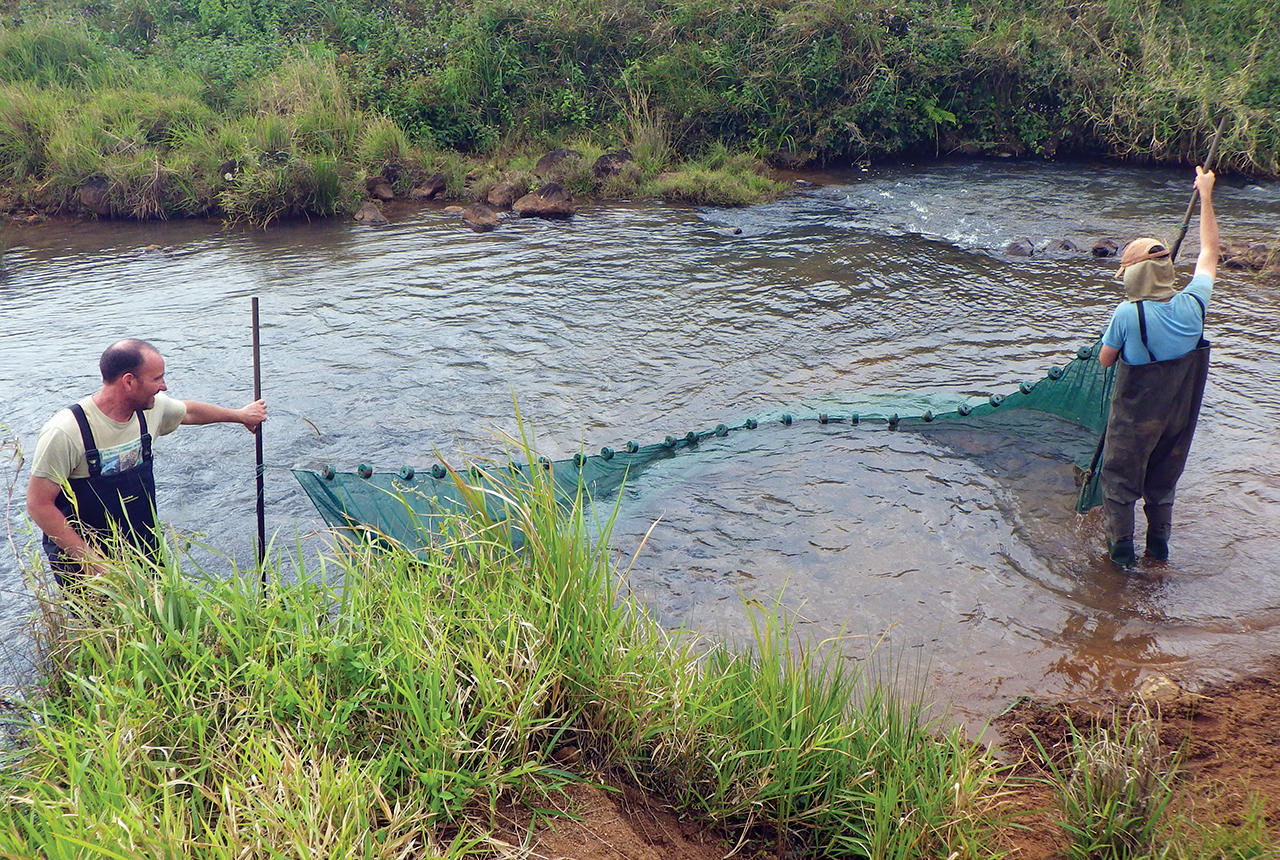
Big trouble for little fish: The 22 freshwater fishes at risk of extinction
Wednesday, 21 October 2020 -
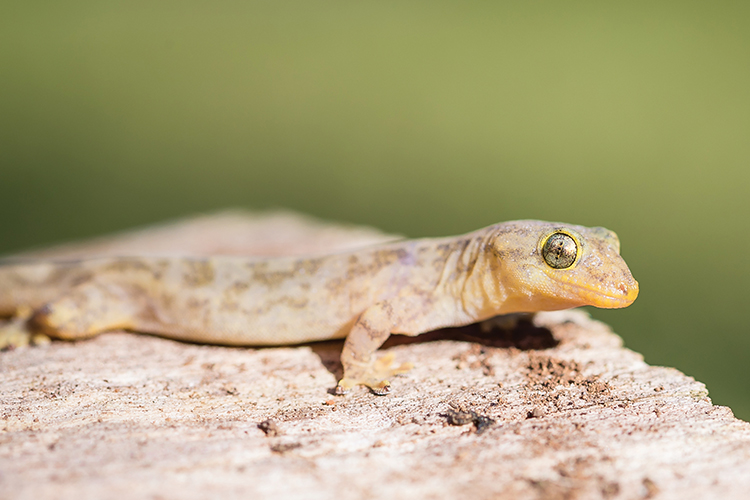
A review of listed extinctions in Australia
Tuesday, 12 November 2019
-

The Australian freshwater fishes at greatest risk of extinction
Tuesday, 01 September 2020 -

Preventing extinctions of Australian lizards and snakes
Tuesday, 02 February 2021 -

Saving Tasmania's difficult birds
Monday, 27 July 2020 -

Please save these frogs: The 26 Australian species at greatest risk of extinction
Friday, 20 August 2021
